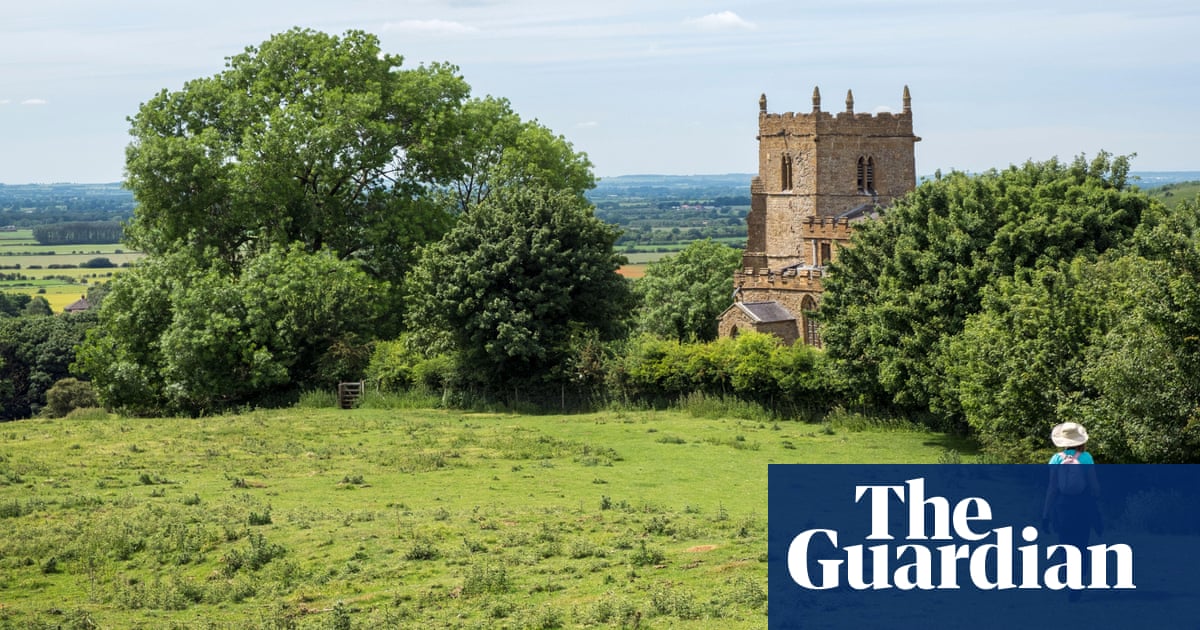
It may have seemed a good day for medieval monks when a papal decree allowed them to start eating meat including mutton, beef, pork and venison. It was not so good for their bowels.
Research by English Heritage sheds light on the day-to-day lives and digestive troubles of monks at Muchelney Abbey in Somerset – in particular the consequence of a change in papal law, in 1336, which permitted the twice-weekly consumption of meat from four-legged animals.
The monks already had, by modern standards, an unbalanced and calorie-rich diet. Adding meat as a luxury meant constipation and diarrhoea soon became a major problem, said the English Heritage historian Michael Carter.
“Basically monks were slaves to their bowels. They often had serious health problems because of their diet and digestion.”
The change in diet came with rules that the meat should not be eaten in the refectory and Carter has discovered structural changes made to the abbey to allow this.
He has also come across what amounts to a guide to monastic healthy eating from annotations in the abbey’s 14th-century breviary, a holy service book.
Carter has been interested in monks and their digestion since visiting Kirkstall Abbey on the outskirts of Leeds and seeing the surviving latrines. “I remember being fascinated by the idea of it being a 900-year-old monastic toilet block,” he said.
Was he an odd child? “There wasn’t an awful lot to do on Sunday afternoons in the 1970s.”
The visits clearly sowed seeds and decades later Carter is fascinated by the daily lives of the people in the monasteries.
The guide to better digestive health shines light on the prevalence of stomach complaints in the abbey.
A balanced meal might be “white, well-leavened” or sourdough bread, ale flavoured with herbs, and eels.
There is a laxative recipe featuring various fruit extracts. Or a monk can perhaps feel better if they “take a pese of soepe, make hit smale and putt it yn youre fundamewnt and then rest upon your bed”.
Carter said he had no intention of trying out the recipes, “but I wouldn’t be surprised if they were highly effective”.
His research has led to new interpretation at the abbey which is interesting on a wider level.
“I do think there is something about monastic latrines,” he said. “People have this idea of people in the middle ages being filthy and not caring about human waste, but when you look in to it you discover that is far from the case. They developed sophisticated architecture and plumbing. It is fascinating stuff.”












